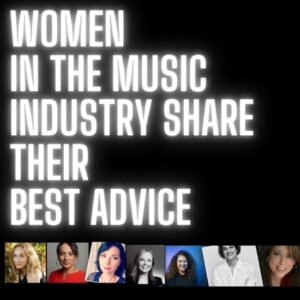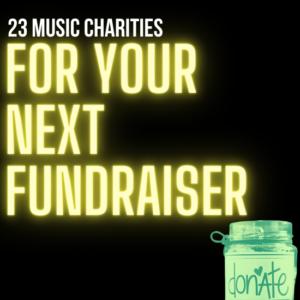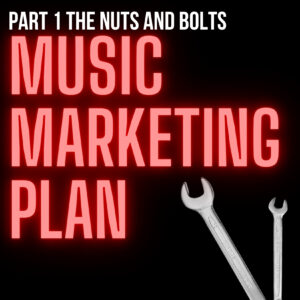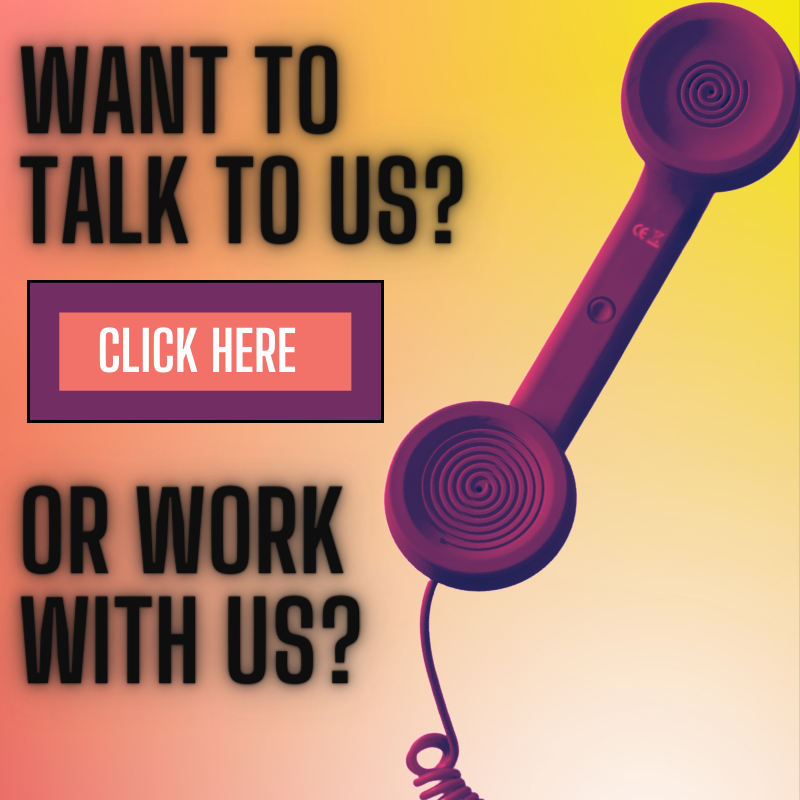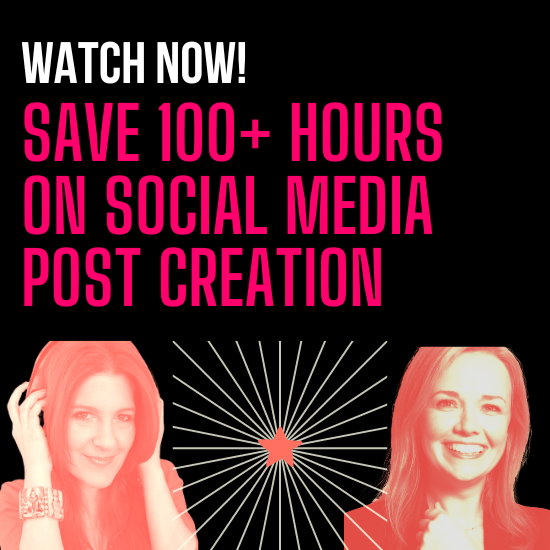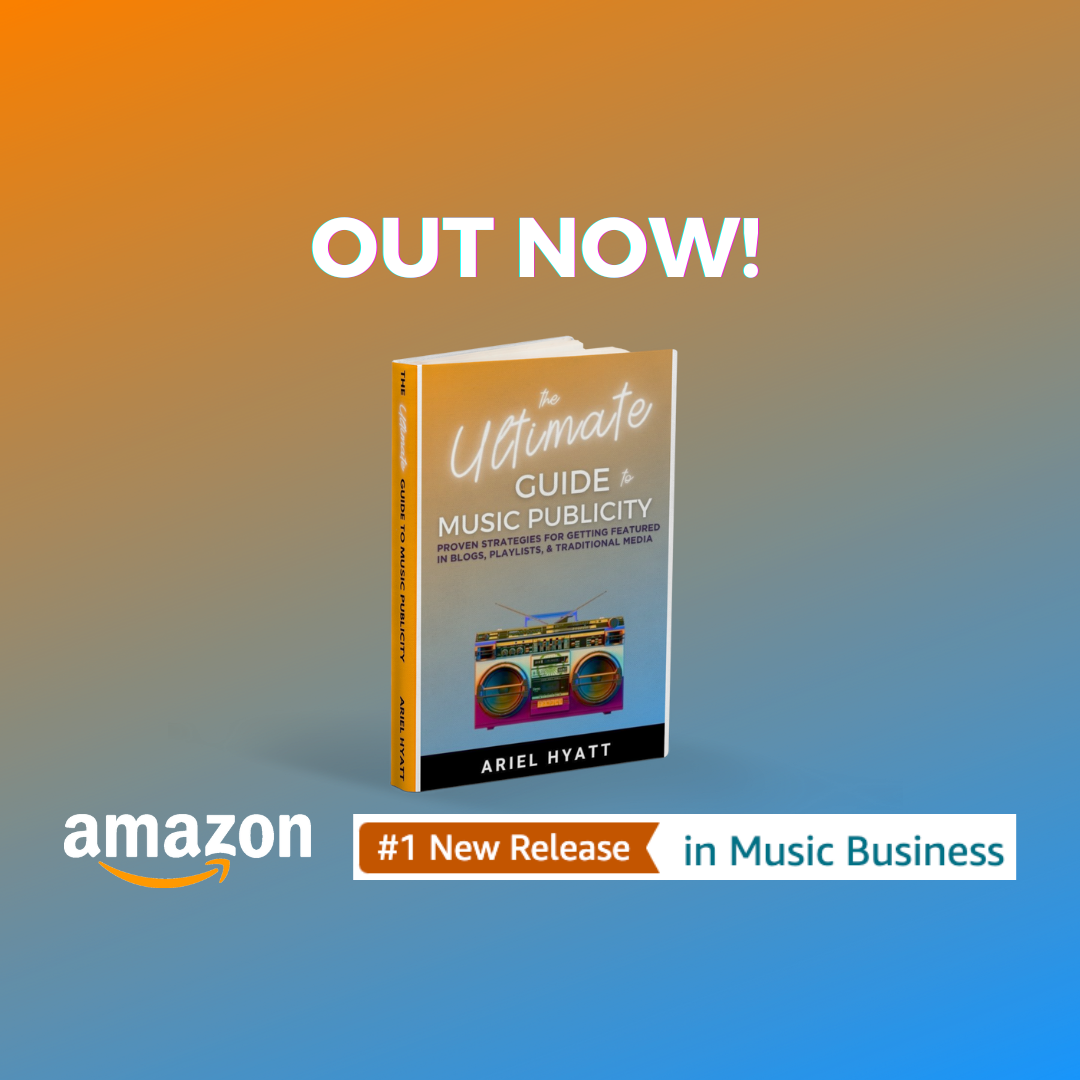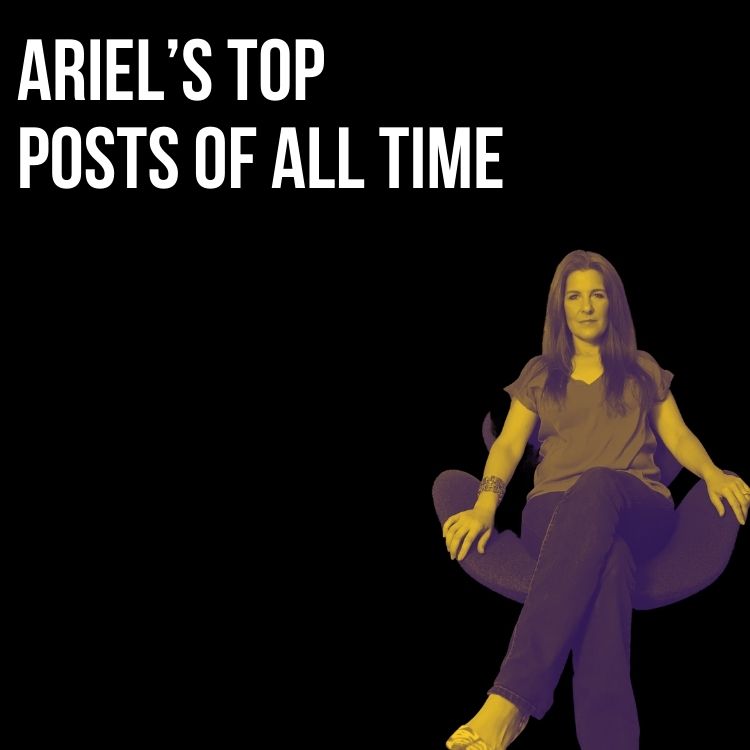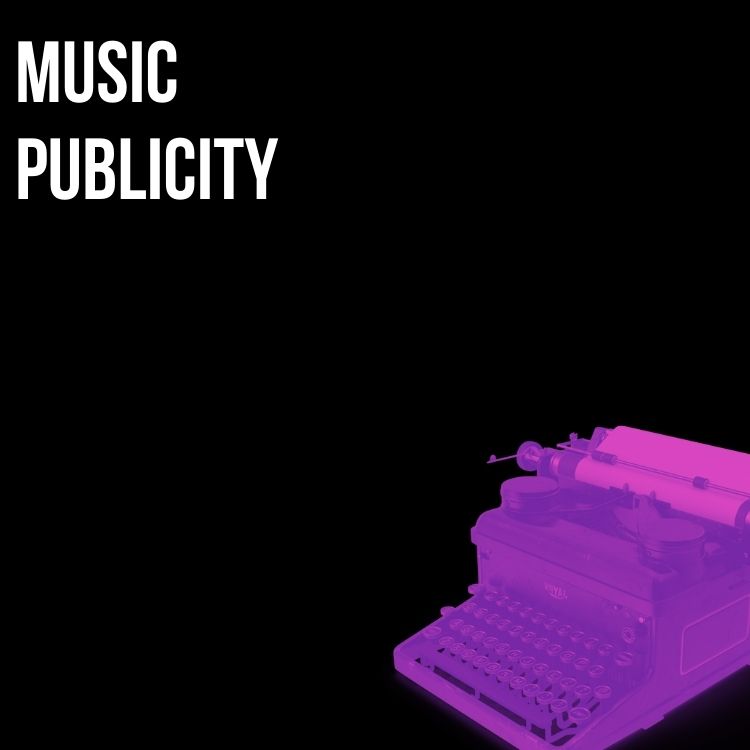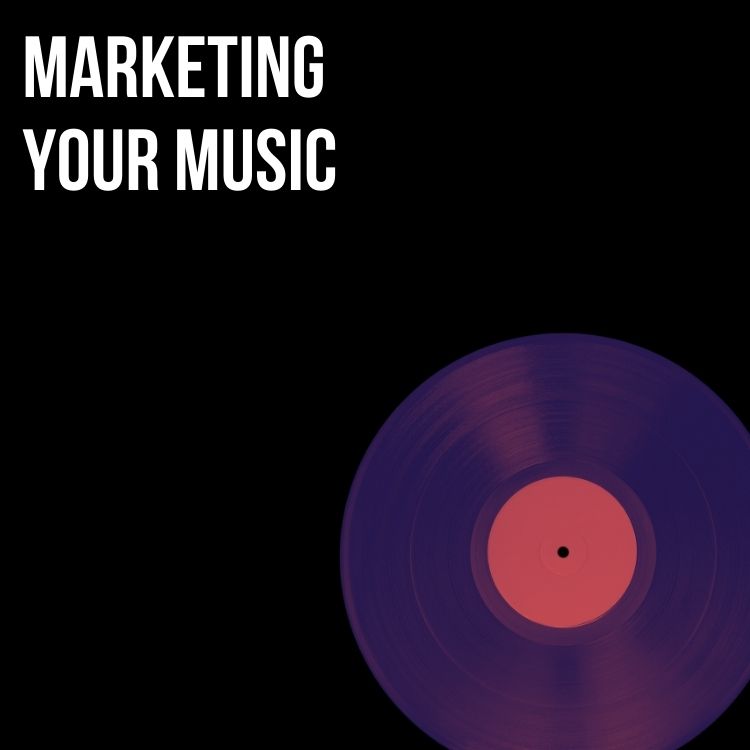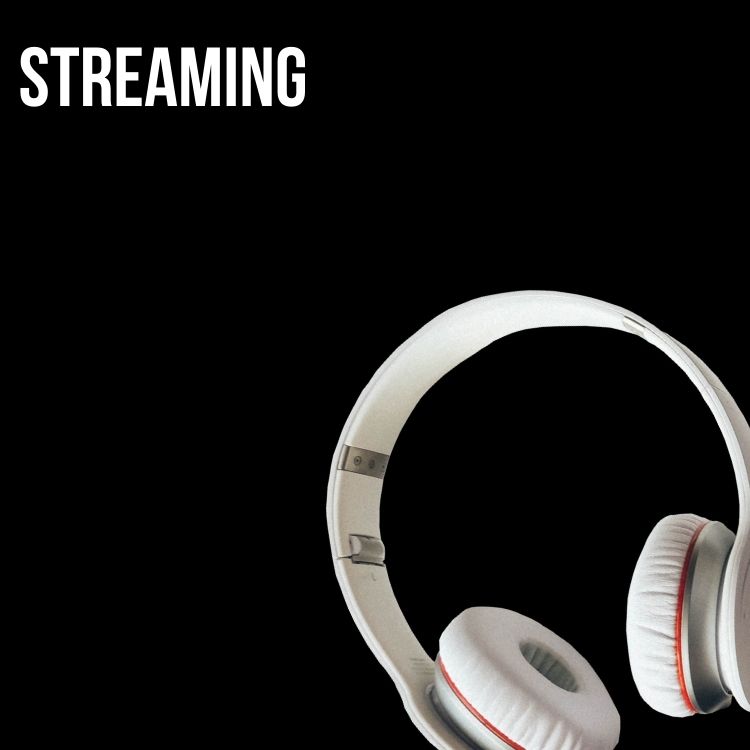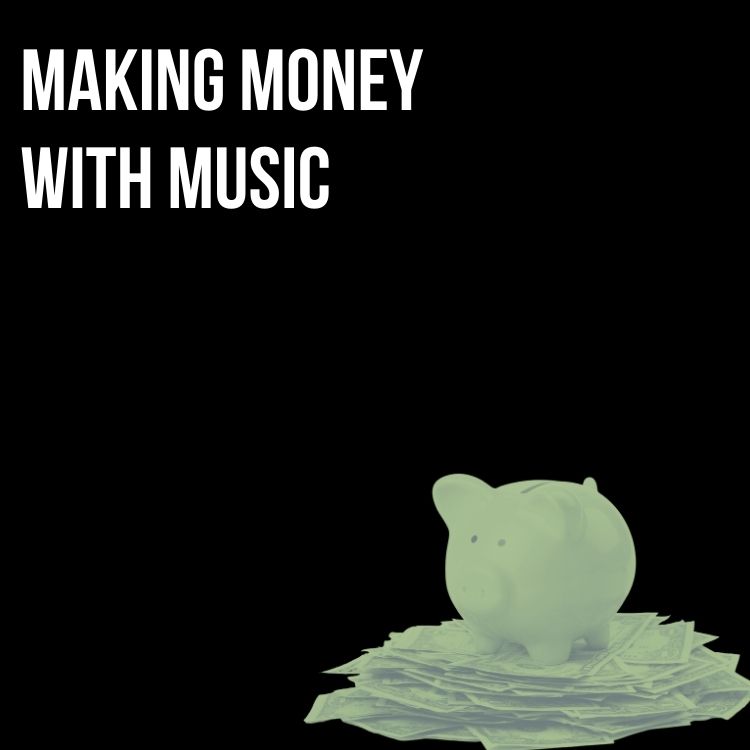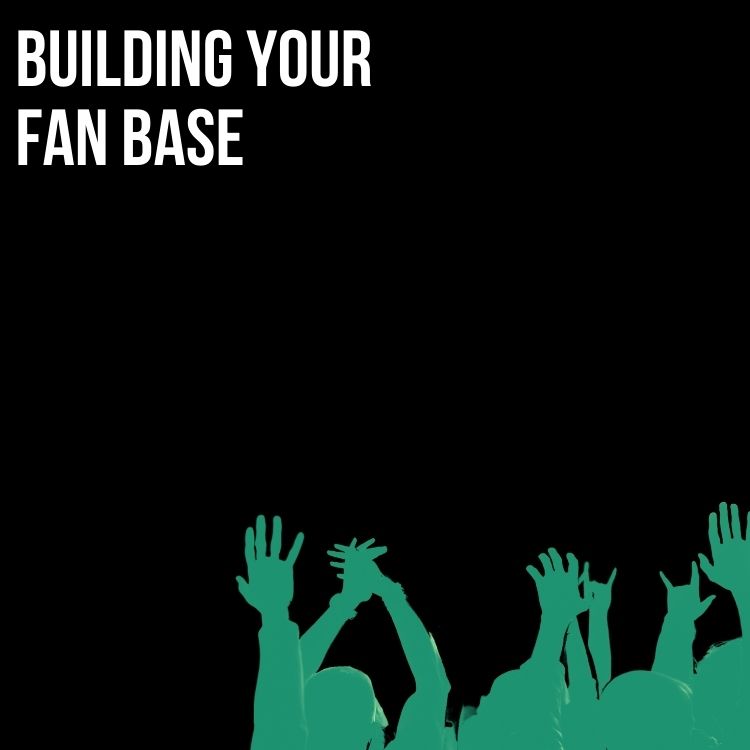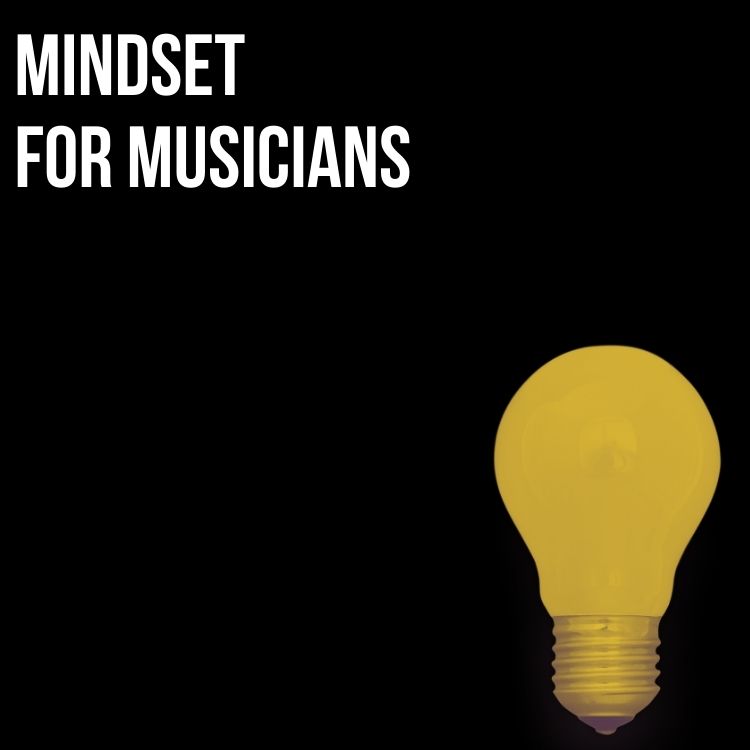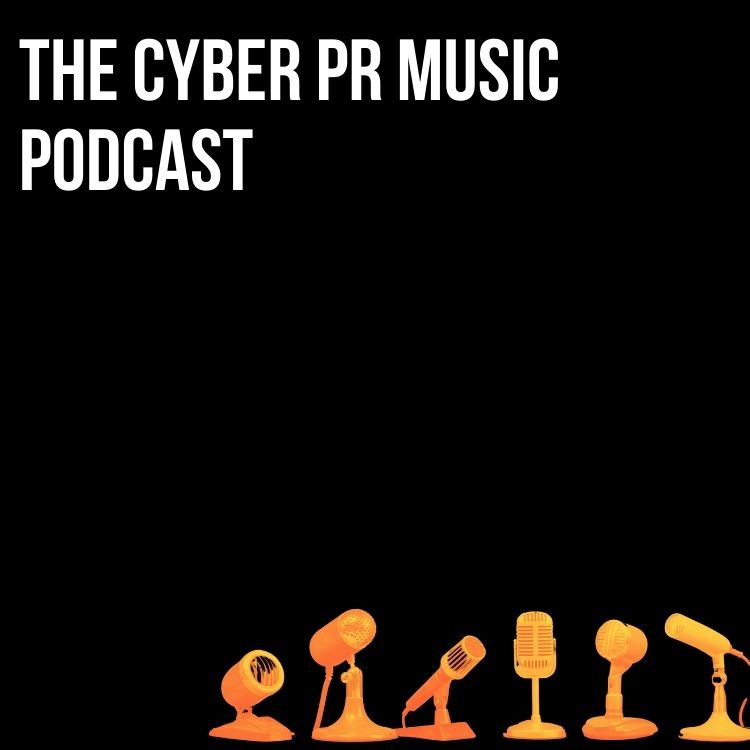Originally posted here: http://emusician.com/interviews/industry_insider/industry-insider-ariel-hyatt-1209/
HOW MUSICIANS CAN USE TWITTER FOR SELF-PROMOTION
 Ariel Hyatt, founder of Ariel Publicity, is an expert on social media.
Ariel Hyatt, founder of Ariel Publicity, is an expert on social media.
Social-media Websites have changed the world, and with their power to spread the word faster than any other media, they have profoundly affected the way musicians promote themselves. It’s no longer a question of whether you should take part in the movement, it’s a question of how many fans you can make by doing so. To get the scoop on the best social-networking techniques for musicians, we turned to Ariel Hyatt, the founder of Ariel Publicity. In addition to being a publicist, Hyatt is a social-media expert and author of Music Success in 9 Weeks, a nine-step program that helps artists implement social-media and Internet marketing to increase their fan bases. This interview is split into two parts; in this issue, Hyatt discusses the best ways for musicians to use Twitter. Next month, she tackles Facebook.
Why are Twitter, Facebook and other social-media sites so important to musicians?
They amplify word of mouth. For example, if I’m on your blog and I start conversing with you, I might promote that conversation to others in my social network. From there, someone in my community may share and discuss it and so on until it goes viral. For musicians, we’ve been trained to think in terms of a one-way conversation — an idea promoted by old publicity and marketing techniques. But we need to break out of this thinking. Social media forces us into a two-way conversation. It peels back the curtain and allows you to build relationships with your fans and followers.
Does social media provide other benefits?
Yes. It also provides, to quote The New York Times, “ambient awareness.” To try to stay in touch on a macro level with hundreds and potentially thousands of people would be impossible in real life. But about 9,000 people know that I recently traveled to Australia and they followed my journey. I would never have called them all to tell them what I was doing. With Twitter, my followers can know a little bit about what I’ve been up to. Not intimately like my mom followed it, but with an ambient awareness that I was out of the country. And tweeting makes me feel more connected to my community. This is especially important for musicians because everyone now gets 3,000 marketing messages shot at us every day. With that much information to sift through, brand recognition and staying in people’s minds is going to take something more than a single message or two. It takes community and participation.
Describe how Twitter works.
Twitter is nothing but a giant status update in the sky. You can say anything, but it has to be less than 140 characters. Short and sweet. Twitter not only allows for amplified word-of-mouth and ambient awareness, but also community. Some people think Twitter is all about tweeting about some tasty tuna sandwich you just ate. But the sandwich is not the point. It’s the fact you shared this information and bonded with your followers and fan base. You let them behind the scenes. Yes, it would be boring if you only shared what you ate — although that might be kind of funny — but when you also share your thoughts, blog posts, opinions and your music, it helps form a bond with people. It builds the relationship.
How would you recommend that a musician get started with Twitter?
Observe first before jumping in. Sign up for an account and start following some famous people — maybe not even musicians at first. My recommendations would be to follow Lance Armstrong (@lancearm strong), John Mayer (@johncmayer), Amanda Palmer (@amandapalmer), Derek Sivers (@sivers), me (@cyberpr) and Justin Timberlake (@jtimberlake). These are all people using Twitter in really effective and brilliant ways. Look at their Twitter streams and see how they’re using it. How much is sharing funny things? Blog links? How much is just updating what they’re up to? Then, when you’re ready, jump in. My first few tweets, I didn’t know what I was doing, but I kept answering the Twitter question, “What are you doing?” and I got the hang of it.
When you start a new account, you don’t have any followers. What should you do?
First of all, tell everyone you already know that you’re on Twitter. Put it on your blog, Website, Facebook. Tell people at shows. Then start following people. They’ll follow you back. Talk to and acknowledge other people; retweet people. If you’re only in it for yourself, you’re not going to get many followers interested in what you’re tweeting. Once you kick-start your base, let it grow organically.
What should a musician tweet about?
One of the things that makes it difficult for musicians to jump onto the Twitter platform is that most usually spend a lot of time thinking before they write. It takes time to write lyrics, come up with a song and produce it so it’s ready for the world to hear. But for Twitter, and social media in general, the idea is not to overthink, just jump! Social media is all about being good enough. So don’t get tripped up about every single communication having to be genius. Use caution though: Don’t tweet when you’re drunk or mad, and don’t be inappropriate — unless that works for you because you’re a gritty punk rocker. When you tweet, think about what your fans don’t get to see.
One musician I know who owns a recording studio told me he had nothing to tweet about. Then my assistant asked, “When you are miking the drums, has it ever occurred to you to take a photo and tweet it?” Most people don’t know what a recording studio looks like, much less anything about miking drums. Things that are everyday behind-the-scenes stuff for musicians could be really fascinating for a fan who just listens to music passively. There’s plenty of music-related things you can share that are really revealing and interesting, but not necessarily overly personal. Try sharing your creative process.
Should you tweet about your music and shows?
Definitely promote your music, but take your marketing hat off. Twitter, and all social media, is not about constant advertising and plugging of product. You’ll lose followers if that’s all you do. You have to understand that to use Twitter effectively, you have to share more than, “Come to my show,” or, “Buy my album.” Tweets like these are appropriate in moderation and actually become more powerful when they’re inserted between all the other things you share.
Can you tweet photos, too?
Yes. Pictures are worth a thousand words, as they say. Photos tend to be my most popular tweets. My two favorite photo-sharing applications are twitpic.com and yfrog.com. These sites allow you to easily tweet photos you take with your phone. It goes straight into your Twitter stream so your followers can click on the link.
Let’s talk basics for those musicians who might not know the Twitter lingo. Can you tell us about that mysterious “@” sign?
When you “@” someone, it’s your way of talking about someone publicly. So you can write “@cyberpr, I really admire your last post!” and people know you’re talking about me. It’s also a way of acknowledging who you’re with. So if you’re out with a bunch of people, you could say, “Out with @beatnikturtle enjoying dinner.” [Beatnik Turtle is the authors’ band.]
What’s retweeting?
Sometimes you’ll see “RT” with a tweet after it. That means that someone liked a tweet so much, they’re copying and resending it to their followers. So if you see a tweet that you think is worth spreading, type RT, give the person credit using the @ sign, paste in their tweet and post it. Giving credit is key. It’s bad etiquette to copy others’ tweets as your own.
And what’s with all the “#” signs?
When you see a “#” sign there’s usually a word after it, similar to the “@” sign. This is a way of tagging [hashtagging] a tweet by subject matter so it can be easily searched. For example, the South by Southwest conference hashtag is #sxsw. You can see everyone who is tweeting from that conference. Or if we were on a panel at a conference, we could tell people the panel’s hashtag is #cyberprpanel and anyone who wants to talk to us can tweet using that tag. Since hashtags are searchable, people can get into the conversation even if they aren’t at the panel.
Is there anything else you’d like to add about Twitter?
If you’re trying Twitter for the first time, give yourself some time to learn it. I’ve found that it may take up to three months to get the hang of things and start really connecting with followers. But when that happens, it’s more addictive than Oreos and potato chips.
Subscribe for more!
Back to The Blog

